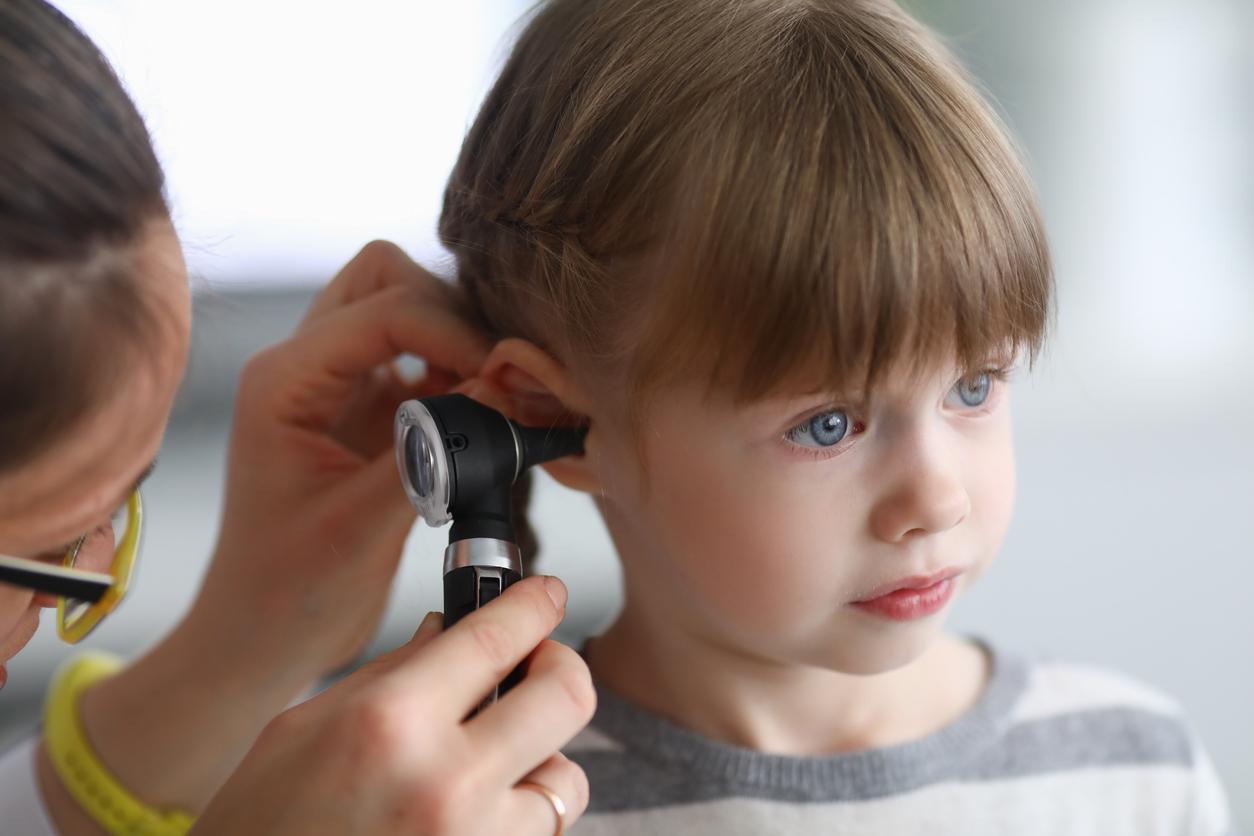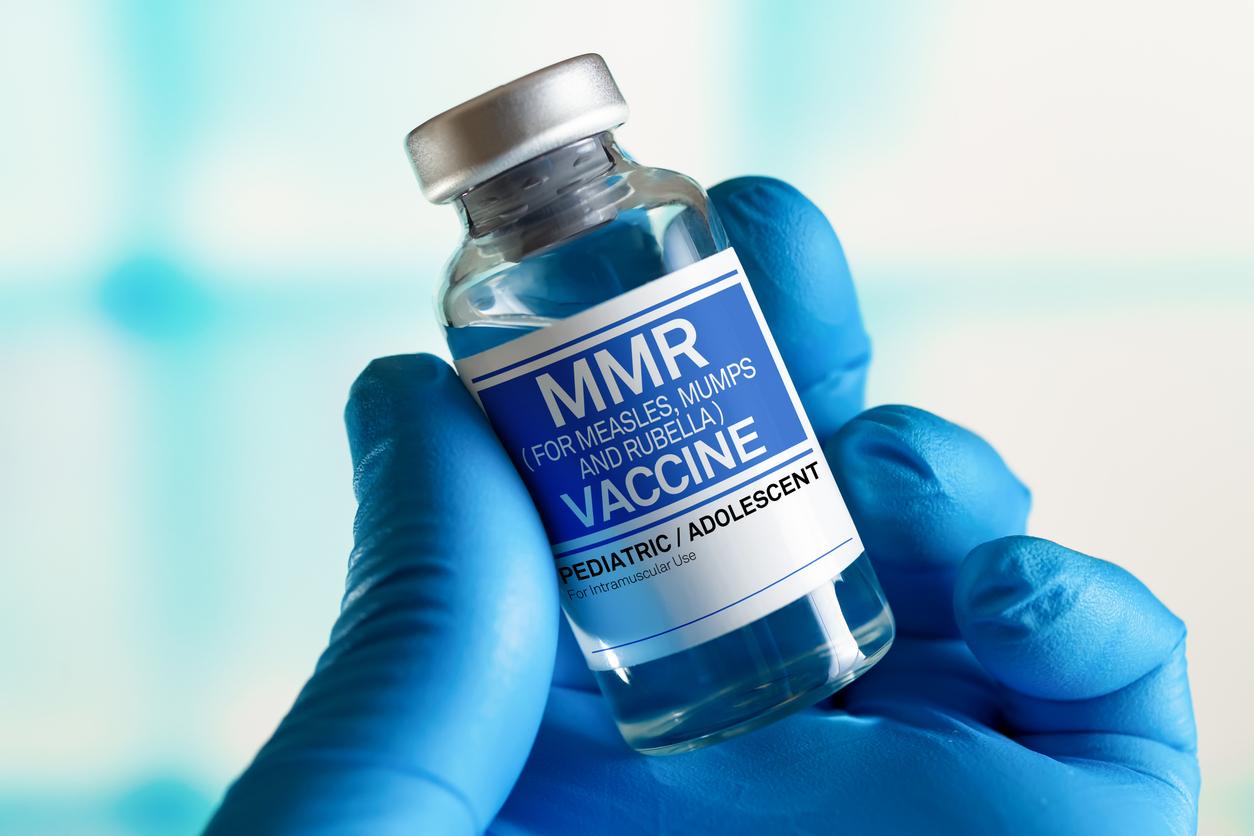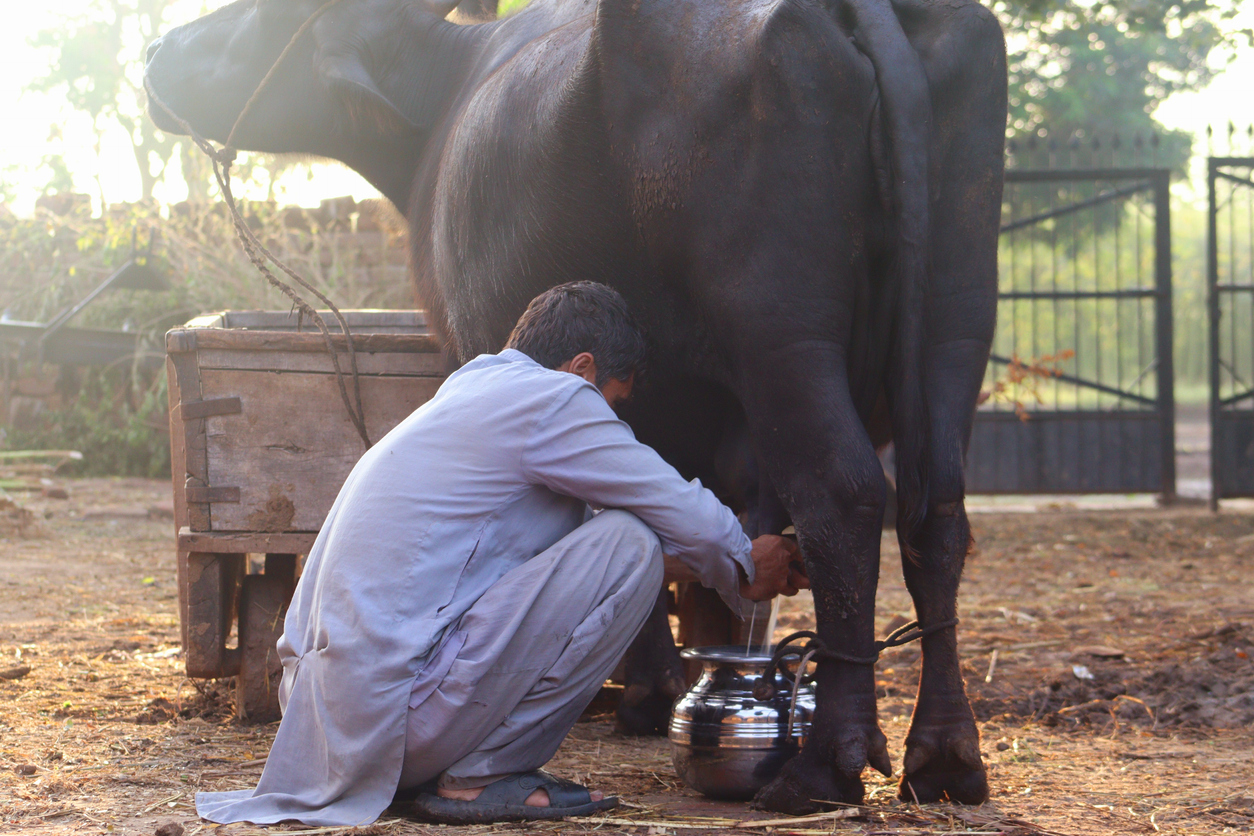
A new study of children with ear infections suggests that wider uptake of "watchful waiting" could help reduce unnecessary antibiotic use, US researchers reported yesterday in the Journal of the Pediatric Infectious Diseases Society.
Led by researchers with the University of Utah and Intermountain Health, the multicenter, retrospective observational study analyzed data on children ages six months to 17 years who received a diagnosis of acute otitis media (AOM) in ambulatory practice settings at health systems in Illinois, Colorado, and Utah from July 2018 through December 2023.
The aim was to determine visits in which children received an immediate antibiotic prescription (within 2 days of the index visit) and those that used watchful waiting, a strategy that can involve monitoring symptoms and prescribing an antibiotic only if it's needed, or a delayed antibiotic prescription. The researchers also evaluated the outcomes associated with the two approaches.
The study authors note that roughly 100 million antibiotic courses are prescribed for children with AOM annually, though over 80% of cases resolve on their own.
"Randomized clinical trials have shown that watchful waiting can reduce antibiotic use for AOM by approximately 60% with similar patient outcomes and parent satisfaction to immediate antibiotic use," the authors wrote. "Despite these favorable data, evidence suggests watchful waiting is utilized in only 5-20% of cases."
Favorable clinical outcomes
Of the 140,579 visits for AOM, an immediate antibiotic was prescribed in 84.4%, and watchful waiting was used in 15.6%. Of the watchful-waiting patients, 56% were not prescribed an antibiotic, and 44% received a delayed prescription. Rates of treatment failure and recurrence were low in both groups, with only 6% of the watchful-waiting group and 7% of the immediate antibiotic group receiving any antibiotic 3 to 30 days after the index visit.
"When watchful waiting was utilized, clinical outcomes were favorable as evidenced by the infrequent need for a new antibiotic prescription in the 30 days after the index visit," the authors wrote. "Interventions to scale up use of watchful waiting for AOM may therefore be a high-yield approach to reduce unnecessary antibiotic exposure for children with AOM."
















